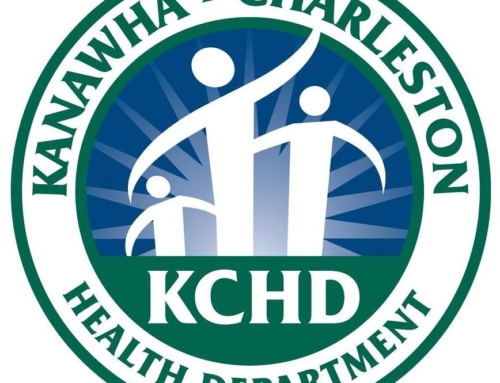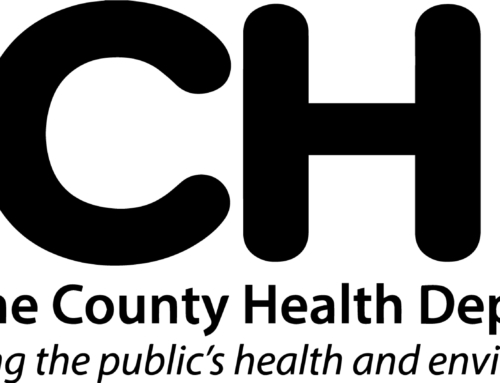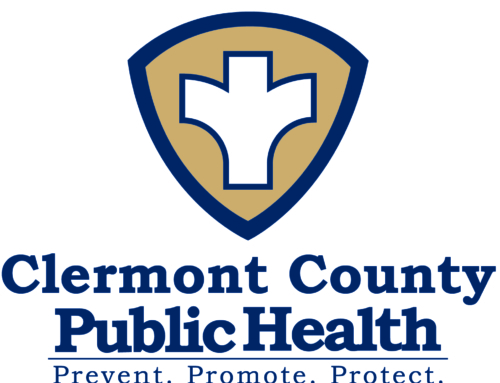Project Description

“Participation in accreditation has supported and strengthened the New York State Department of Health’s efforts to adopt a culture of quality improvement”
Quality Improvement Strengthens State Aid Program for Local Health Departments
By Jan Chytilo, MS; Ryan Tarr, BA; Sylvia Pirani, MPH, MSUP;and Robert Schmidt, MS
Participation in accreditation has supported and strengthened the New York State Department of Health’s efforts to adopt a culture of quality improvement. Led by the Strategic Planning and Performance Improvement Group, the department has established a performance measurement system and has implemented a quality improvement program that includes staff training as well as the use of quality improvement techniques to assess and improve department programs. This office supported the Office of Public Health Practice to conduct a Lean exercise to improve the process by which this reimbursement program conducts its work, with impressive results.
The New York State Department of Health’s Article 6 State Aid Program provides aid to the state’s 58 local health departments (LHDs) for the provision of essential public health services. Article 6 provides crucial funding for LHDs to provide public health services that improve the health of New Yorkers, including services in six core areas: Chronic Disease Prevention; Communicable Disease Control; Emergency Preparedness and Response; Environmental Health; Family Health; and Community Health Assessment.
The program is statutorily required to reimburse LHDs per a formula established in Public Health Law (PHL), currently 100% reimbursement up to an amount established in law, then 36% reimbursement for any additional expenditures. This currently amounts to the payment of about $195 million per year of state funds, with the largest 10 LHDs accounting for about 80% of all payments. To receive these funds, LHDs must annually complete and submit a state aid application for review and approval, as well as submit and get approval on four quarterly vouchers.
In 2014, the program began a redesign project that included updating the program’s public health law and regulations, the guidance documents, and the forms submitted by the LHDs to collect reimbursement.




